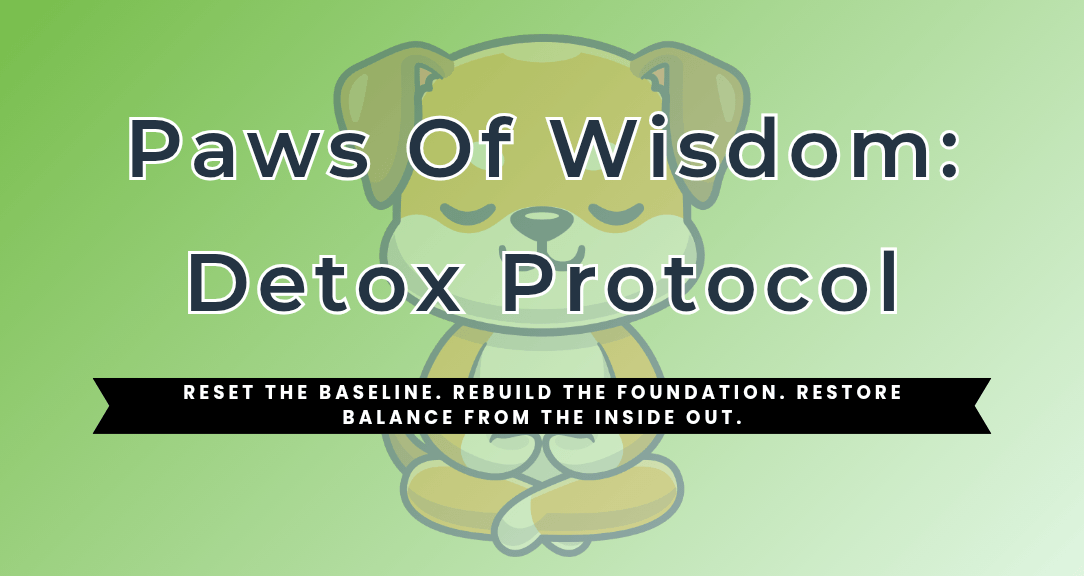Exhausted by the daily chaos of living with an over-the-top dog?
A regulation-first reset for overwhelmed owners and their over-the-top dogs.
What Are You Looking For Today?
Explore blog categories designed to help you tackle reactivity, anxiety, and everyday behaviour struggles.

Reactivity & Challenging Behaviours
Guidance for reactive and challenging dogs — tackling stress, frustration, and social struggles. Build calm, confidence, and better behaviour.

Dog Training Foundations
The basics that make everything else easier. Solid skills and structure for dogs who struggle with focus, reactivity, or frustration.

Wellbeing and Lifestyle
Behaviour start with wellbeing. Explore enrichment, rest, decompression, and more to help your dog (and you) feel better, not just behave better.

👋🏾 I’m Junior — and this is Jasper.
Together, we created Paws Of Wisdom to help dysregulated, stressed-out, reactive, and challenging dogs (and their humans) finally breathe easier.
This isn’t just about “training”...it’s about understanding your dog, lowering stress, and building a calmer life side by side.
I’ve lived this journey with Jasper, the chaos, the setbacks, and the wins, and now I share that insight and knowledge to help you and your dog do the same.
Latest Blog Posts 🐾
Read The Full Stories
A FREE community with downloadable guides and resources, and people who get it.
A simple and structured reset for overstimulated, dysregulated, chaotic dogs.
Simple, clear guidance to help you understand your dog through a regulation-first lens.









